So much of what we do is defined by the elements that embody the concept. The three elements of the exposure triangle help us understand “proper” exposure. Every light source has three distinct qualities (color, quality, direction). Even the physical tools at our disposal can be broken down to a simple trifecta– light, lens, and camera. Being able to break something down into its components helps the beginner by giving them a road map– a series of steps that simplifies the process and makes it easier to understand. With enough repetition, that same road map becomes a mental checklist for the more advanced photographer. Over time, that checklist hopefully just becomes second nature. That photographer might not actually be thinking “foreground, subject, background” each time they compose an image in the viewfinder, but the elements are present, both in the planning and execution of the shot. Taking this concept of breaking down composition a step further, we can even break down the subjects in our images into distinct visual components.
SHAPE or OUTLINE
Perhaps one of the most fundamental of these components is shape. Regardless of whether we are photographing people, buildings, landscapes, or any of the other endless possibilities, every subject has shape. Definition. It can be subtle or dramatic, but everything we photograph is defined to a certain extent by its outline. The most graphic representation of shape comes from a back-lit silhouette or underexposure, either of which draws less attention to individual features and more to the overall shape of the subject. While this photo of a boxer is very brightly lit from the side, the high contrast lighting and black background combine to engage the viewer with a strong emphasis on the shape and outline of the subject. In a more classic silhouette, the sax player was lit completely from behind. The soft, wraparound quality of the light does bring out a bit of detail in the instrument, but the visual emphasis rests primarily on the shape and outline of the musician, creating an entirely different overall feel to the image.
Obviously, high contrast and silhouette are not the only ways to illustrate the shape of a subject. As noted, everything that comes in front of our camera has shape. How and to what extent you choose to highlight it relies on how you choose to place it in your frame. The photograph of the staircase was taken for an ABC project entirely because of its shape, while the radiator grill of the 1938 MG has multiple shapes and lines which draw the viewer’s eye into the photo from top to bottom.
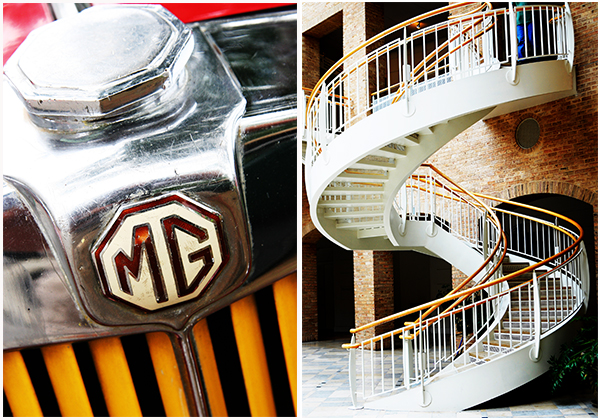
COLOR & TONE
While color often grabs our attention first, sometimes we take the extra steps to actually plan for it. Bright and bold. Soft and muted. Contrasting or Complementing. In the portrait of the boy with the football helmet, the bright red obviously grabs your attention and draws you in. In the low-key portrait on the right, however, it was the darker tones and color palette that caught my interest.
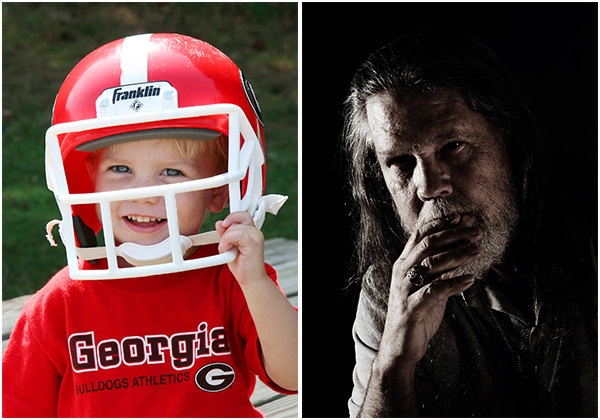
FORM & TEXTURE
When we start introducing light and shading across a subject we produce various qualities of shape, shifting lines, and intensity of color. While our silhouette primarily emphasizes a subject’s two-dimensional shape, it is “form” that best describes the three-dimensional qualities of a subject. Form gives substance, depth, and definition to the silhouette– bringing it out of the shadows and into the foreground. Here is where the combination of light, color, and shadow combine to create texture in our images. In each of the images below, the form and textures are created and accentuated not only by the composition, but also by the way the light falls across the subject.
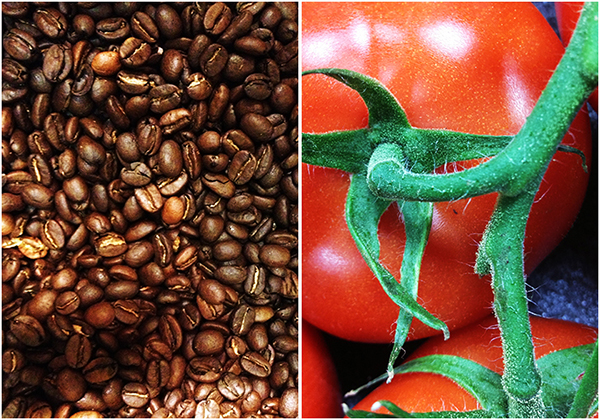
As is the case with things like the exposure triangle or characteristics of light, the extent to which each of these is emphasized in any given photo is going to rely heavily on the photographer and how they express their personal vision and individual style, as well as the mood they are trying to convey and the story they are trying to tell. In virtually every situation, however, one of these components plays a huge role in making a photographer stop in their tracks and say, “I need to photograph that.”
Post originally from: Digital Photography Tips.
Check out our more Photography Tips at Photography Tips for Beginners, Portrait Photography Tips and Wedding Photography Tips.
Anatomy of a Subject

Digital Photography School







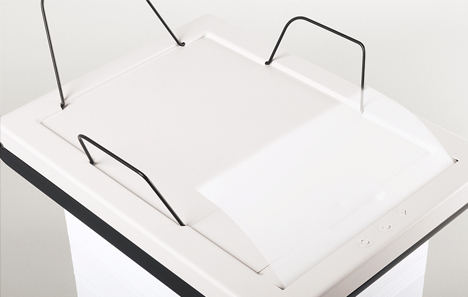
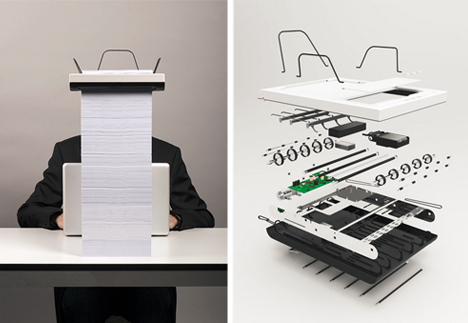
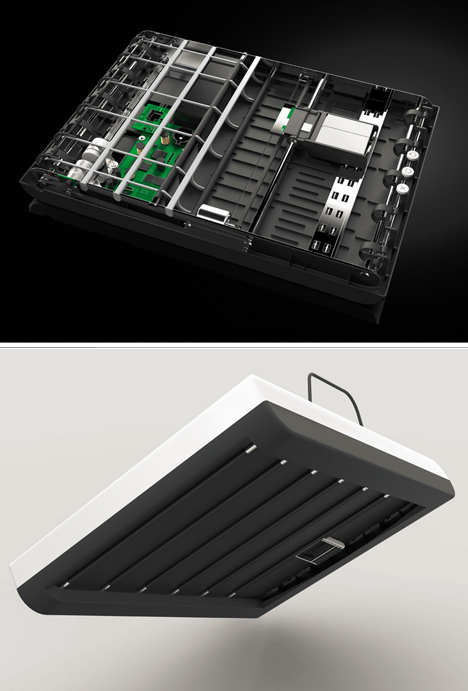










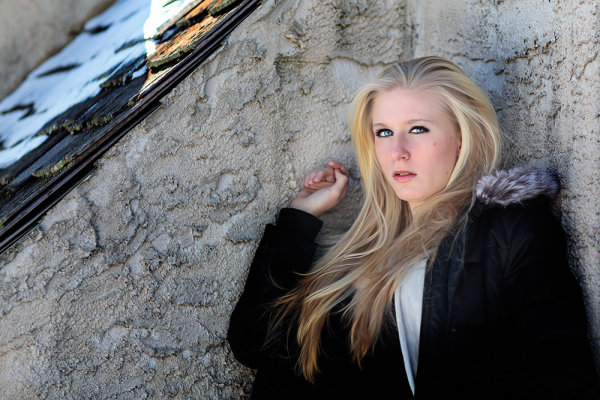
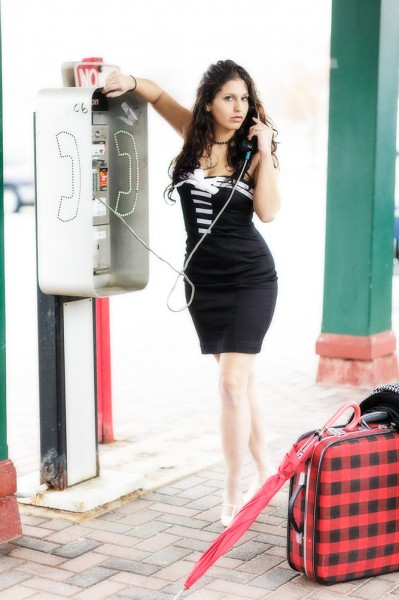
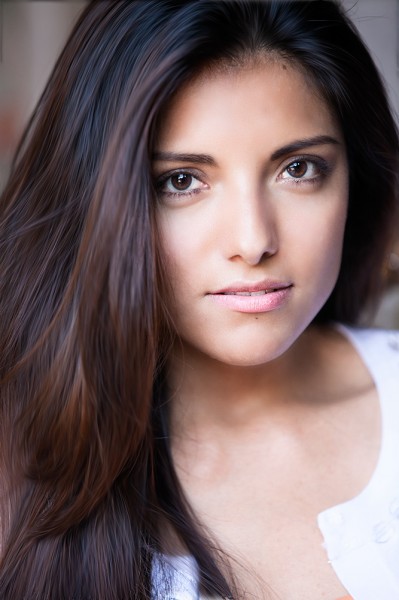
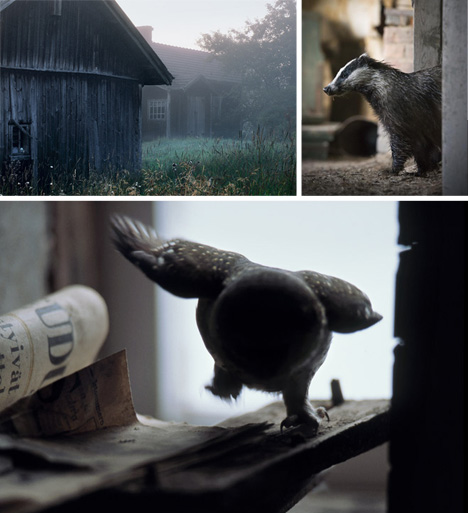
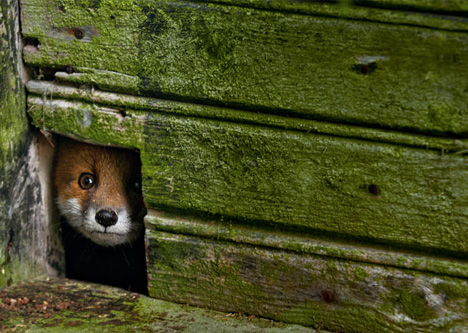

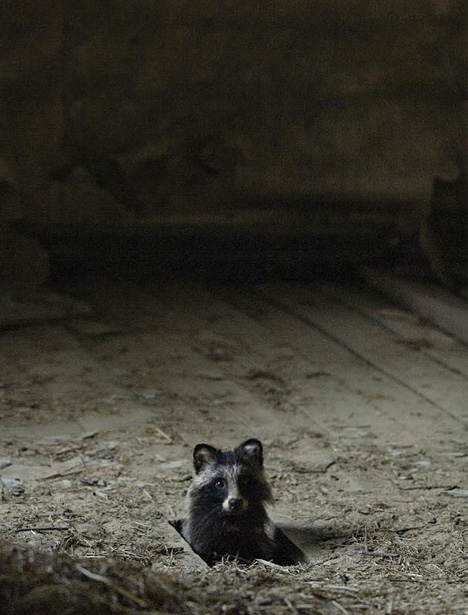
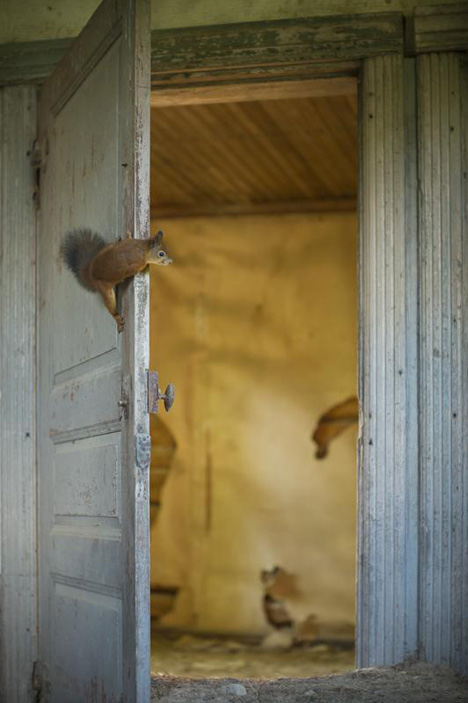
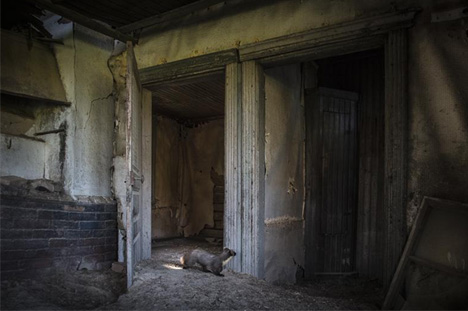
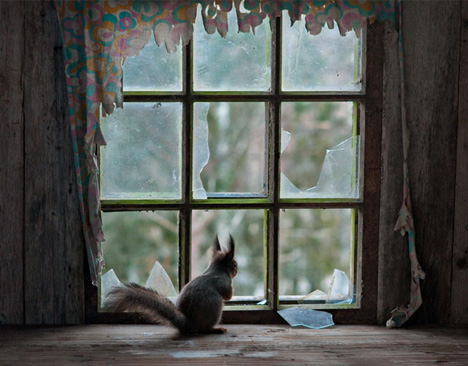


You must be logged in to post a comment.